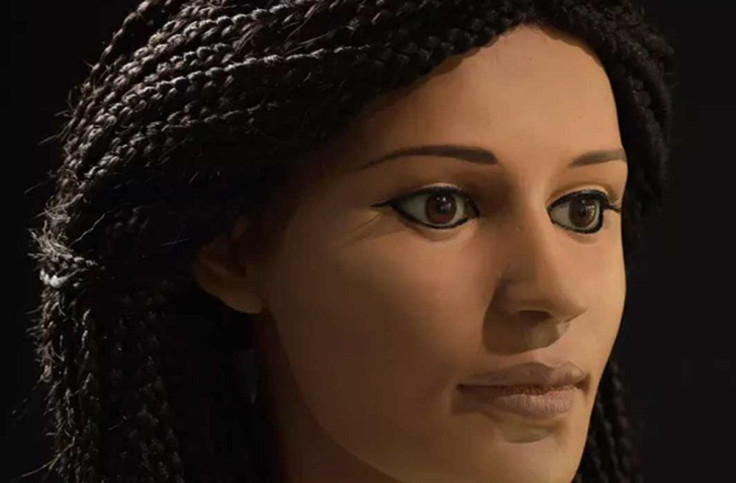Using forensic art, Australian researchers bring 2,000-year-old head of Egyptian mummy ‘back to life’

Australian researchers used new technology to reconstruct the face of a young Egyptian woman who lived 2,000 years ago. Scientists from the University of Melbourne and Victorian Institute of Forensic Medicine used CT scanning, 3D printing and forensic facial reconstruction to come up with a computer-generated image of Meritamun.
Meritamun's mummy head was in the Harry Brookes Allen Museum of Anatomy and Pathology, located at the basement of the university, for over 90 years. She was covered in tightly bound bandages and embalming fluid and was in good condition.
Researchers say she died when she was between 18 and 25, based on her mouth’s width, teeth positioning, nose shape and size, and width of nasal aperture. She had quite large eyes, but other parts of her body were already lost, reports Ancient-origins.net.
Varsha Pilbrow, biological anthropologist at the university’s Department of Anatomy and Neuroscience, says in a new release, the project aimed to bring Meritamun – which means beloved of the god Amun – “back to life” using modern technology. “This way she can become much more than a fascinating object to be put on display. Through her, students will be able to learn how to diagnose pathology marked on our anatomy, and learn how whole population groups can be affected by the environments in which they live,” Pilbrow explains.
Gavan Mitchell, imaging technician at the department, designed the 3D printed skull that the team used as base for the model. It took Mitchell 140 hours to tweak and design the skull. Forensic sculptor placed the finishing touches on the face which involved placing plastic markers to the printed skull as indicators of different tissue depths at key areas of the face based on how modern Egyptians appear, reports Natureworldnews.
English anthropologist Frederic Wood Jones brought the mummy to Australia in 1930 when he joined the university as head of anatomy. The mummy was likely excavated between 1907 and 1908 when Jones was part of an archaeological survey in southern Egypt to save ancient relics ahead of the expansion of the Aswan Dam on the Nile.
Besides Meritamun’s mummified head, the university has up to 12,000 forensic human species as part of the museum’s collection. The work on Meritamun could open the doors to future works on these specimens.
VIDEO: Reconstructing an ancient Egyptian
Source: The University of Melbourne




















